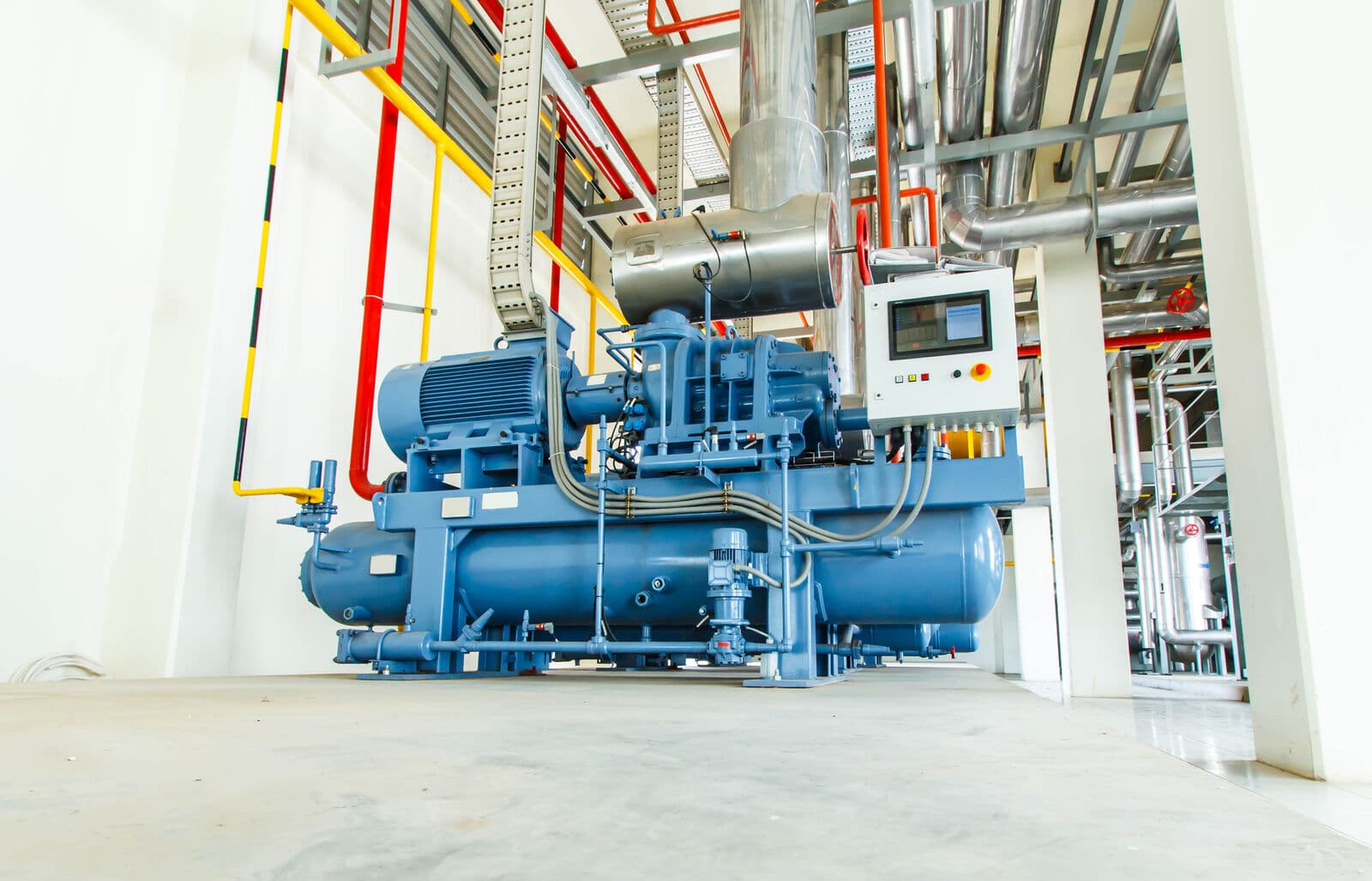Document Checklists
Design Registration
Checklists
If you are designing or modifying complex, technical, and regulated equipment in BC, your design must be registered through Technical Safety BC.
Download checklists for boilers, pressure equipment and refrigeration, gas systems and control systems, or learn more about design registration for all the technologies we regulate.
Boilers, Pressure Equipment & Refrigeration
Pressure Fittings Design Registration
Propane Backup System Design Registration
Used Pressure Vessels or Alterations Design Registration
Pressure Vessels Design Registration
Pressure Piping Design Registration
Bulk Storage System Design Registration
Registration of Vessels Without ASME Certification
Gas Systems
Control Systems
Gas Systems
Industrial and commercial gas systems that use natural gas, propane, digester gas, manufactured gas, liquified petroleum gas, landfill gas and hydrogen require design registration in accordance with the Safety Standard Act and Gas Safety Regulation. Learn how to register your designs in British Columbia.

Related Information
Boilers and Pressure Vessels
Learn how you can register your design for boiler and pressure equipment in British Columbia.
Learn MoreGas Systems
Gas systems that use natural gas, propane, digester gas, manufactured gas, liquified petroleum gas, landfill gas and hydrogen require design registration.
Learn MoreControl Systems
Learn how you can register your design for control systems in British Columbia.
Learn More